Talking Fruits & Pleasant Aromas
UPCOMING LECTURES BY LEE REICH:
August 6, 2014, “Trials, tribulations, and rewards of growing fruit” meeting of Home Orchard Society (www.homeorchardsociety.org/), North American Fruit Explorers (www.nafex.org), and California Rare Fruit Growers (www.crfg.org) Conference, Troutdale, OR.
August 6, 2014, “Trials, tribulations, and rewards of growing fruit” meeting of Home Orchard Society (www.homeorchardsociety.org/), North American Fruit Explorers (www.nafex.org), and California Rare Fruit Growers (www.crfg.org) Conference, Troutdale, OR.
August 9, 2014, “Uncommon Fruits for Every Garden” and espalier tour, Western Washington Fruit Research Foundation (www.nwfruit.org), Mt. Vernon, WA.
August 10, 2014, “Luscious Landscaping — With Fruits!” sponsored by City Fruit, Bradner Gardens, Plant Amnesty, Seattle Fruit Tree Society, and the Washington Association of Landscape Professionals, http://leereich.brownpapertickets.com, Warren G. Magnuson Park, Seattle, WA.
Earliglo strawberries are on the wane. Time to move on to other fruits, still strawberries but very different strawberries in all respect. Alpine strawberries. The largest of them are the size of a nickel but each packs the flavor of a silver-dollar sized berry.
Alpine strawberry is one botanical form of wood strawberry (Fragaria vesca, often referred to by the French name, fraise de bois), a different species from the familiar garden strawberry. Wood strawberries are dainty plants that grow wild along the edges of woods in Europe, North and South America, and northern Asia and Africa. This is the wild strawberry of antiquity, mentioned in the writings of Virgil, Ovid, and Pliny, the strawberry that garlanded medieval religious paintings and was later depicted in grand proportions in Bosch’s Garden of Delights (c. 1500).
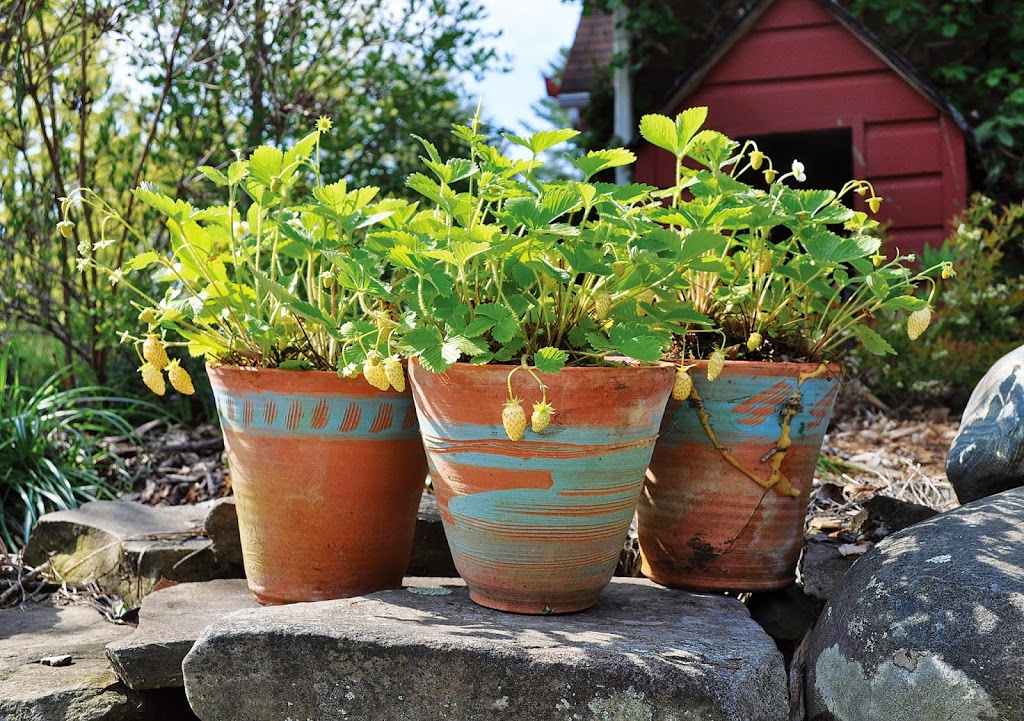 |
| ‘Pineapple Crush’ white alpine strawberries |
The alpine form of wood strawberry was discovered about three hundred years ago east of Grenoble in the low Alps. It soon surpassed other wood strawberries in popularity because of its fruits are larger and borne continuously throughout the growing season, and because the plants do not make runners. I’ve even coaxed them to bear fruit in small (4-inch) flowerpots.
Some alpine strawberries bear white fruits, and those are the ones I grow, for two reasons. First, the flavor, sweet and pineapple-y, is better than the red ones. And second, being white, the birds don’t notice them so I can wait to harvest until they are dead ripe and delicious. All season long.
That same leisurely harvest is not possible with another uncommon fruit that’s just starting to ripen. Gumis (Elaeagnus multiflora) have a pleasant, tart flavor with a bit of astringency. More than a bit until they are thorough ripe. The variety I planted, Sweet Scarlet (from www.onegreenworld.com) may be a tad sweeter than run-of-the-mill varieties.
The three-quarters-inch-long gumi fruits, scarlet red and speckled with silver, make a striking picture as they dangle on long stalks from the undersides of the branches. Birds also find the fruits very attractive. I’ve grown gumi for many years and last year was the only year in which I was able to harvest gumis ripe and in quantity. That was the one benefit of last summer’s invasion of cicadas, which birds evidently found more luscious than gums.
Cicadas or not, I’ll keep growing gumis. The large shrubs are able to garner nitrogen from the air, the leaves have an attractive silvery sheen that contrasts beautifully with the scarlet fruits, and the flowers perfume the air with a sweet aroma.
Perhaps the birds will leave me a few fruits to enjoy.
Read and learn more about alpine strawberries and gumis in my book Uncommon Fruits for Every Garden (2004).
Let’s segue from tongue to nose and eyes. For years I’ve grown various David Austin roses with increasing success, the increase due to Mr. Austin’s breeding increasingly better roses rather than to my increased skill as a rosarian. It’s cold here on the farmden, and cold is what usually weakened or did in the roses.
My attraction specifically for David Austin Roses lies in the full bodied bushes, their pest resistance, and — most important — the old-fashioned shapes (often rounded or cup-shaped), colors (often pastels), and fragrances of their blossoms.
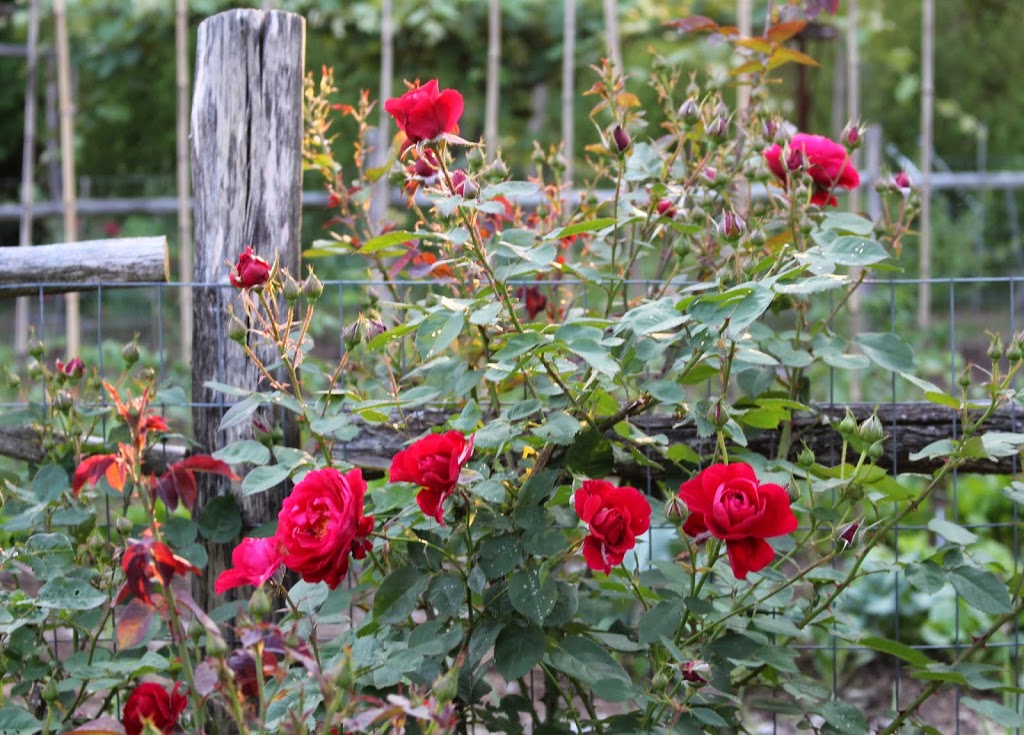 |
| ‘L. D. Braithewaite’ rose |
 |
| ‘Strawberry Hill’ rose |
Last winter was brutal for many plants, roses included. Yet the variety L. D. Braithwaite rose, planted in an unprotected location just outside the vegetable garden, weathered the cold unscathed. It is now drenched in deep red blossoms against a background of reddish leaves. The variety Charlotte didn’t fare so well. It was killed to the ground, perhaps lower; I dug it up.
The variety Strawberry Hill suffered some dieback despite protection afforded by the south-facing brick wall of my house. I’m glad I didn’t trash this bush because it’s also now covered with blossoms — flat-topped cups of pink petals that emit a sweet, almost candy-like fragrance. Delicious!
And more good scents: Catalpa. Although native to a relatively small area in the Midwest, catalpa can now be found throughout the East and as far west as Utah. And it’s spreading.
But let me first backtrack to a few years ago at the local farmers’ market. One farmer had buckets filled with white blossoms that rivalled orchids. I looked and looked at them, trying to figure out what they were, then finally asked. I was embarrassed to learn that they were catalpa blossoms, which I’ve admired for decades but always from afar and with their surrounding cloaks of large leaves.
This year I decided to cut some blossoms, strip off the leaves, and put them in a vase. And that’s when their delectable scent was fully revealed.
By the time you read this, catalpa’s will have finished blossoming. Mark your calendars for next year.

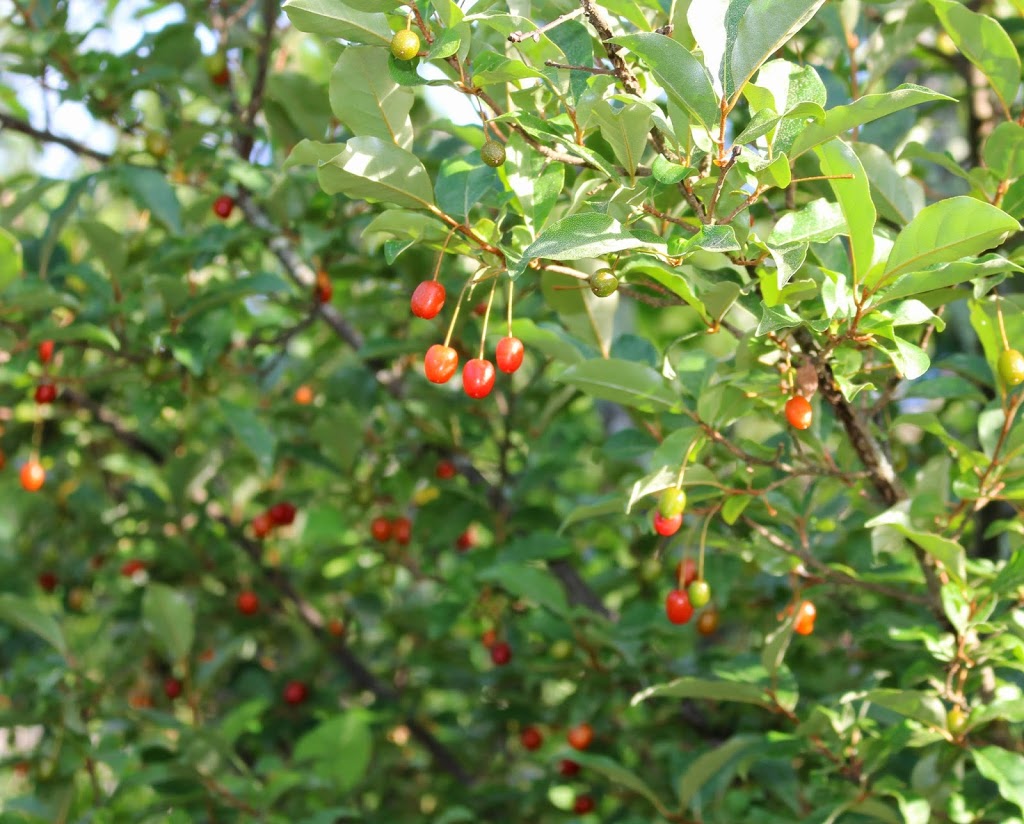

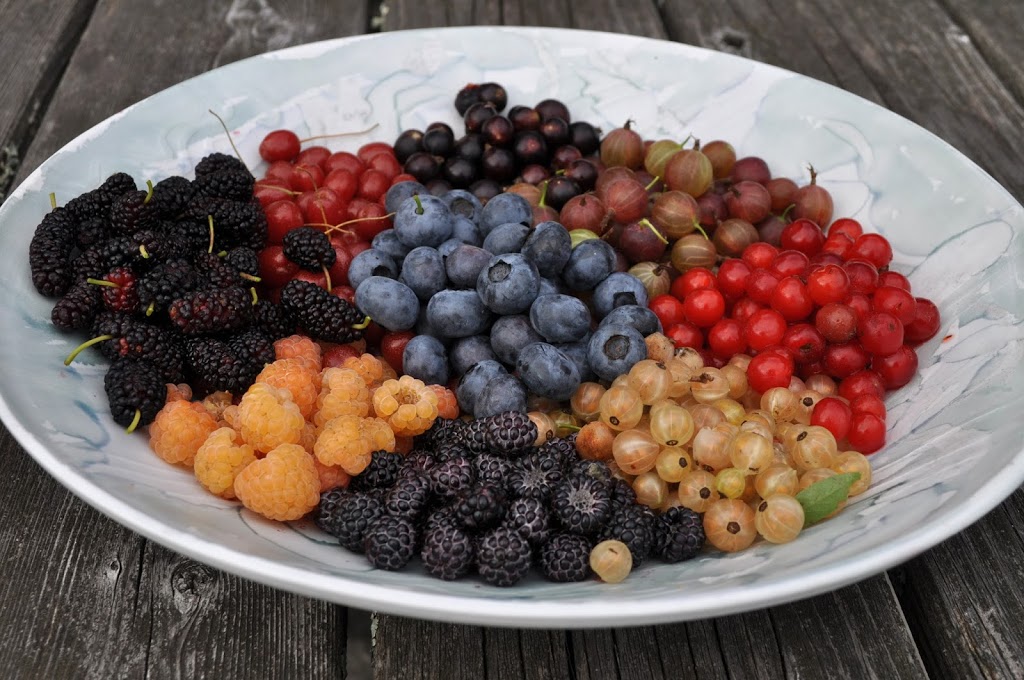

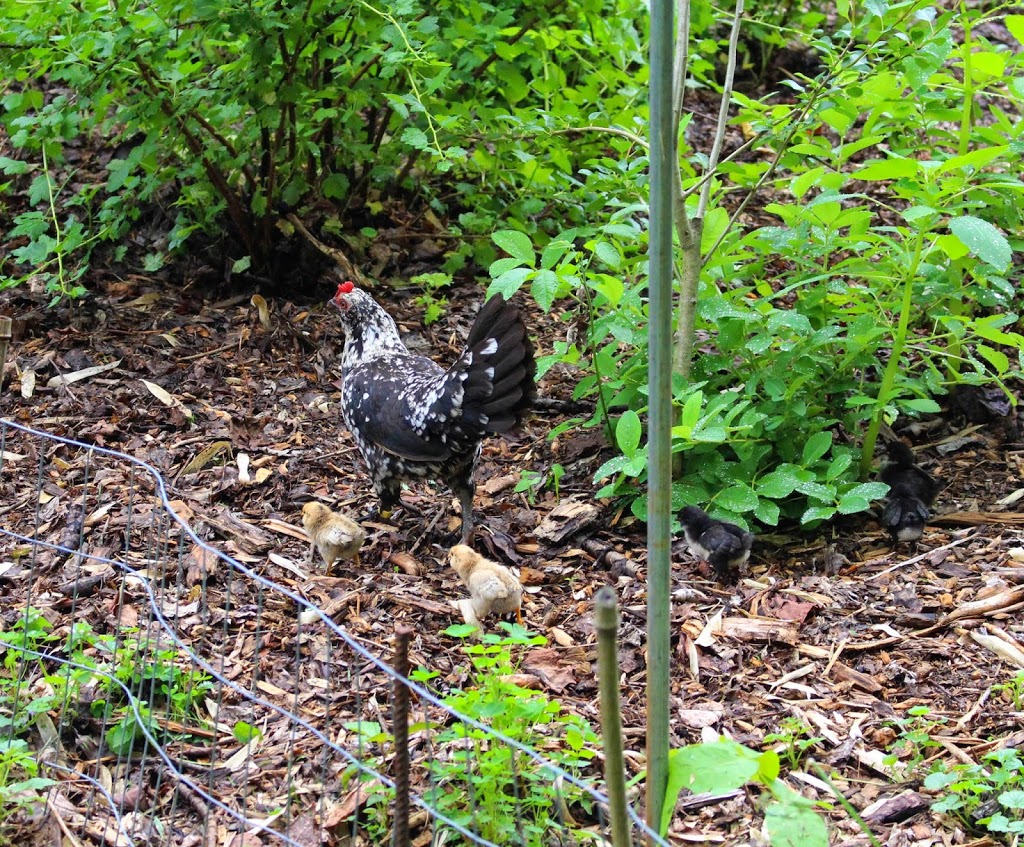
recommend a game to you of RS Gold , if you like we can play together
In the vegetable garden, I do nothing more than lay a 1″ depth of compost evenly over each bed.
I have orange and lemon trees with dry branches they are old trees. My ? Is I can pruning them in May, I live in El Cajon California. Thank you
If the branches are dead, yes, prune them off.
Thanks for sharing, I wish you all the best!
Thanks for putting this together.